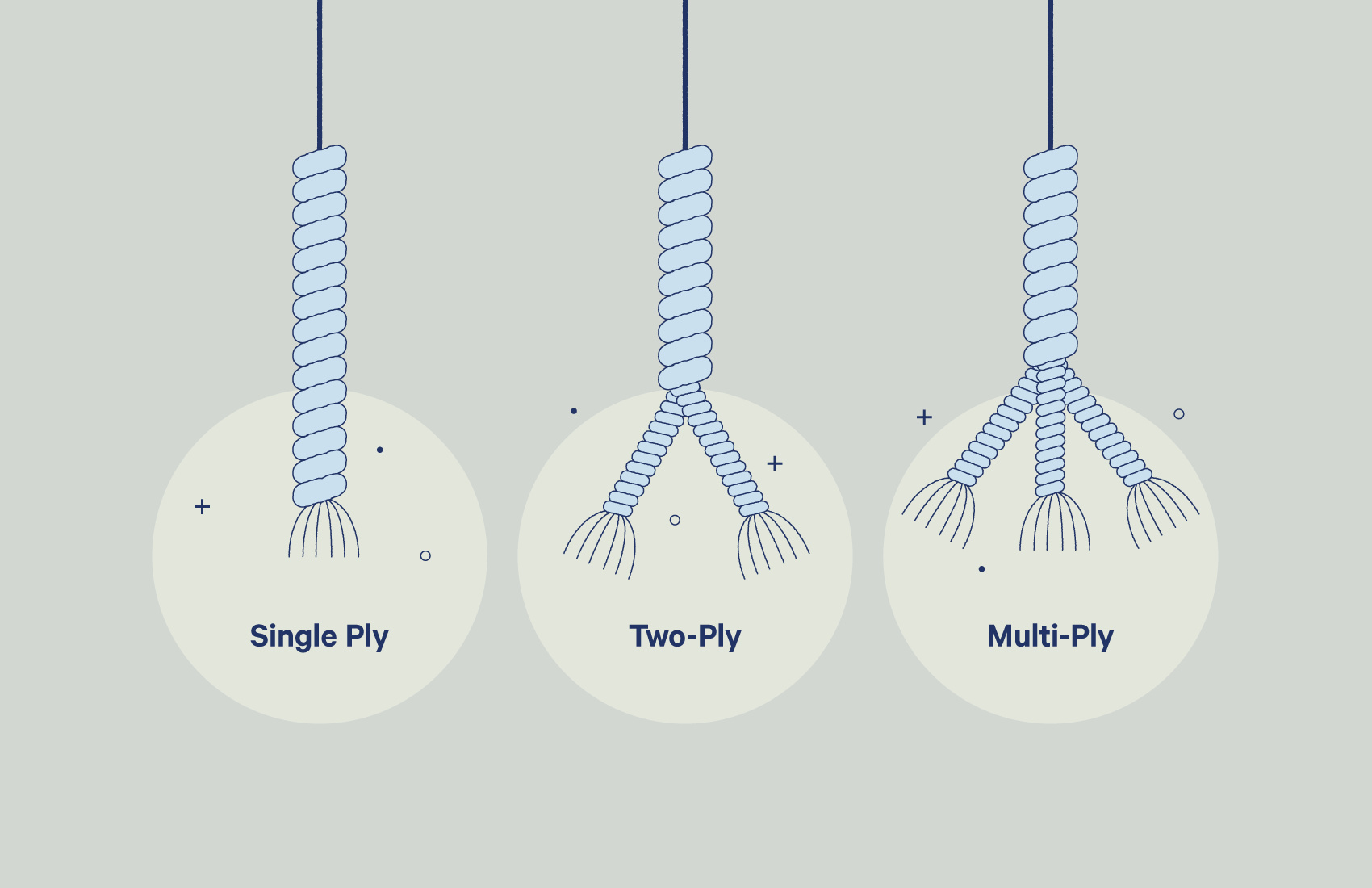pillow top
Bed Sheets: The Foundation of Comfort
The first point of contact between a hotel guest and their room is usually the bed, and it is here where the importance of high-quality sheets becomes evident. Hoteliers understand that a good night's sleep is crucial for their guests, hence the emphasis on using premium materials like Egyptian cotton or bamboo, known for their softness, breathability, and durability. These materials ensure that guests feel comfortable, whether they're resting after a long day or indulging in a midday siesta.
